Introduction
The vibrant flavors in Asian cuisine often depend on the ingredients used, including Mirin and Chinese cooking wine. But what is the difference between these two ingredients, and how do they impact the flavor of a dish?
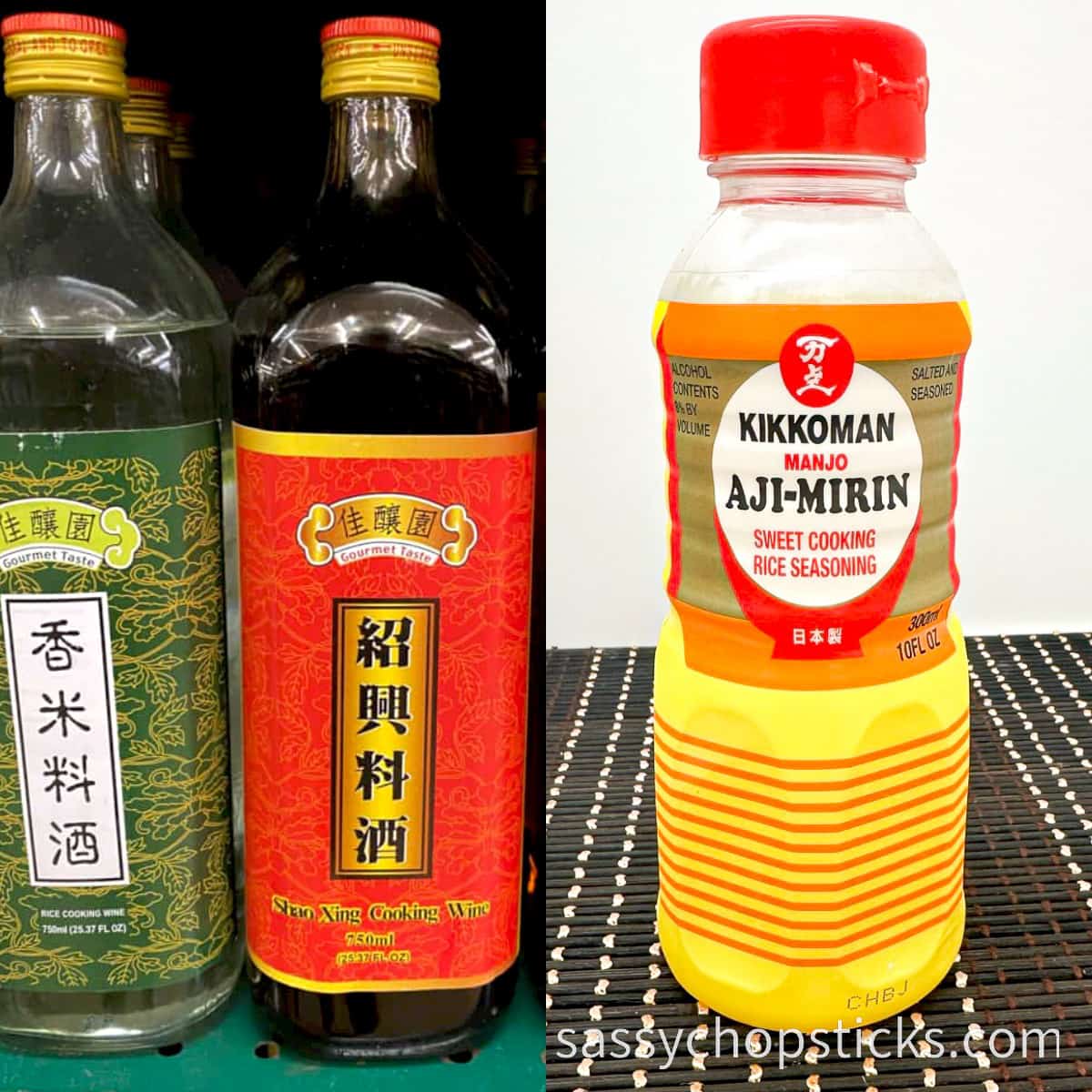
Jump To
Chinese cooking wine and mirin are two essential ingredients in Asian cuisine, known for adding depth of flavor and enhancing the taste of various dishes. While both are used in similar ways, they originate from different culinary traditions and offer distinct characteristics. In this blog post, we will delve into the differences between Chinese cooking wine and mirin, exploring their unique qualities and flavor profiles and as well as discussing tips for how to use each ingredient. Whether you're a culinary enthusiast or simply curious about Asian cooking, understanding these two ingredients will help elevate your culinary adventures.
What is Chinese cooking wine
Chinese cooking wine, commonly known as Shaoxing cooking wine or Shaoxing rice wine, is prominent in Chinese cuisine. The City of Shaoxing is in China's Zhejiang province. Chinese cooking wine is made from fermented glutinous rice, wheat, and water, producing a rich, aromatic, and slightly sweet flavor profile. Shaoxing wine is aged to develop complex flavors and is available in both non-aged and aged varieties. The aged Shaoxing wine is prized for its deep, mellow taste, while the non-aged type offers a lighter flavor.
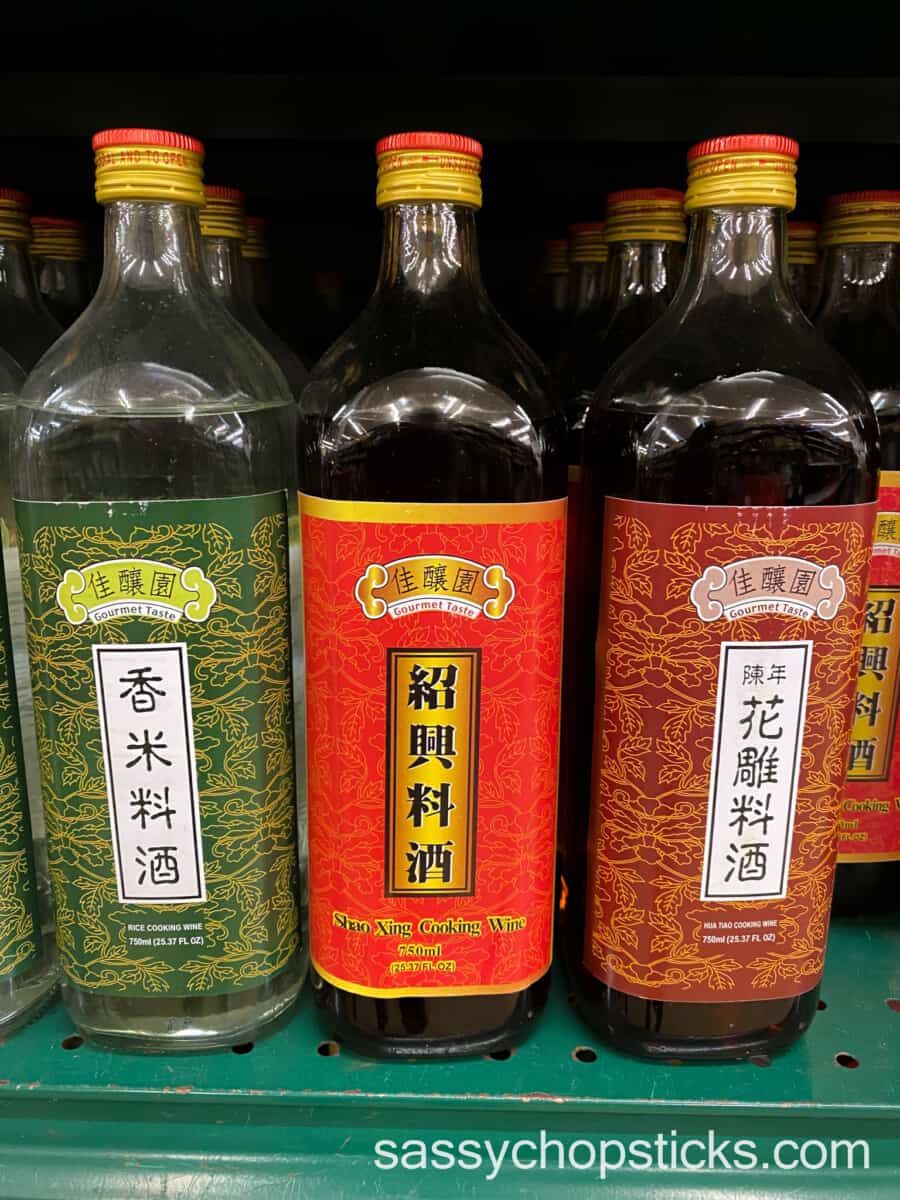
The primary role of Chinese cooking wine is to tenderize meat, remove any unpleasant odors, and add a subtle sweetness to dishes. It is often used in stir-fries, braises, marinades, and soups. Its flavor infuses the ingredients, bringing out their natural umami. Chinese cooking wine is also a crucial component of traditional dishes like drunken chicken and air fryer char siu. You can easily get Chinese cooking wine at Asian grocery stores. It is worth mentioning that a great Shaoxing wine substitute is dry sherry, dry white wine also works.
What is mirin
On the other hand, mirin is a Japanese rice wine that originated in Japan. It is made from glutinous rice, fermented with koji (a type of rice mold), and mixed with distilled alcohol. Mirin has a delicate balance of sweetness and acidity, providing a slightly tangy yet mildly sweet taste. Its flavor is often described as more refined and subtle than Chinese cooking wine.
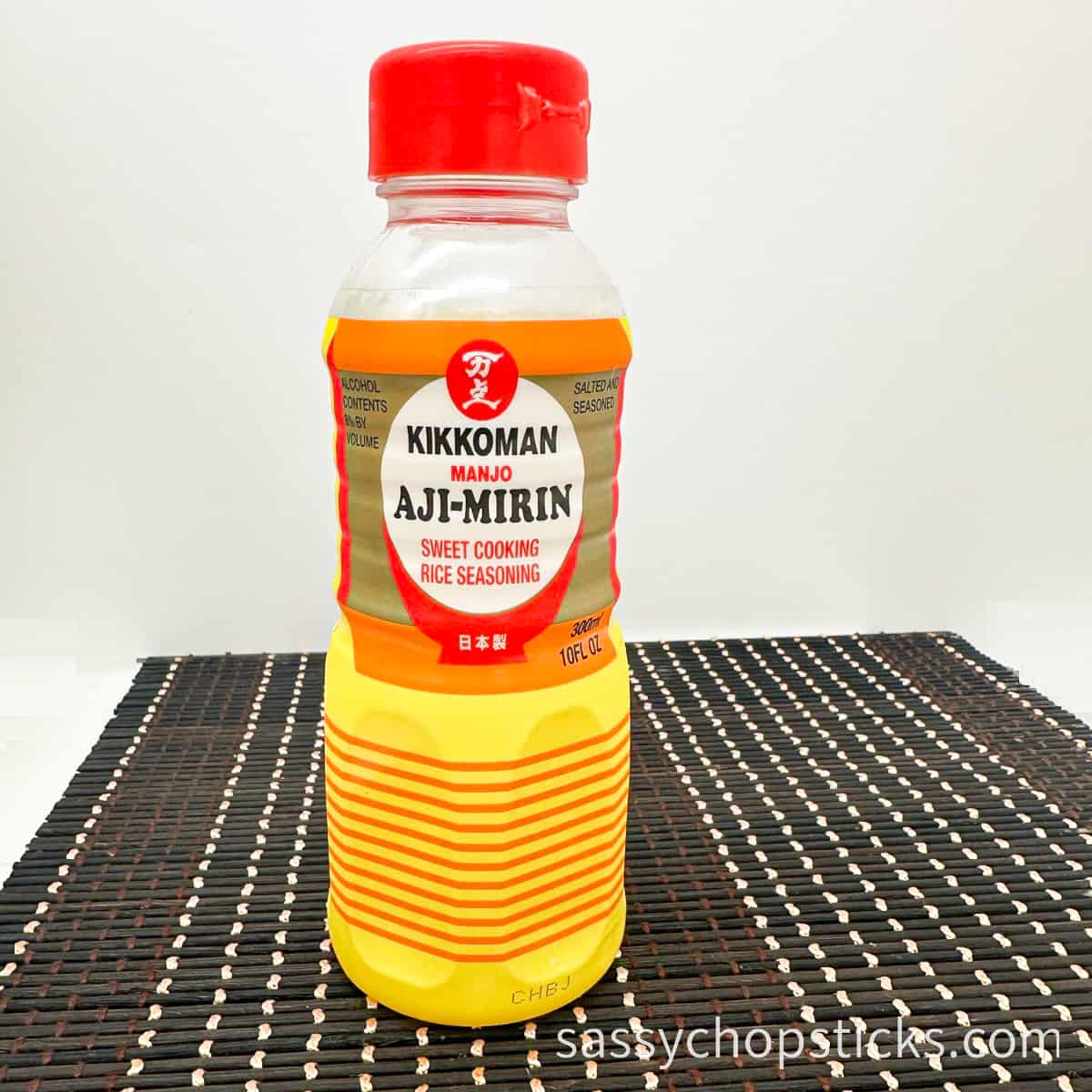
In Japanese cuisine, mirin serves various purposes, including enhancing the flavors, adding a glossy glaze, and balancing out saltiness. People normally use it in teriyaki sauce, marinades, simmered dishes, and some types of sushi rice. The natural sugars in mirin contribute to the beautiful caramelization of ingredients when cooked, resulting in a lustrous appearance and a desirable rich flavor .A great substitute for mirin is rice wine vinegar. Since mirin is sweeter than rice vinegar, you will need to add a little sugar to balance the taste. However, these substitutes may alter the taste slightly, so experimentation and personal preference play a crucial role.
How are mirin and Chinese cooking wine different?
Mirin and Chinese cooking wine are both popular ingredients used in Asian cuisine, but they have some key differences. Here's a comparison of Mirin and Chinese cooking wine:
Origin:
- Mirin: Mirin is a traditional Japanese rice wine used in Japanese cooking for centuries. It is made from fermented glutinous rice, often combined with shochu (a distilled spirit) and koji (a fungus) to produce a sweet and slightly alcoholic product.
- Chinese cooking wine: Chinese cooking wine, also known as Shaoxing wine, is a type of rice wine that originates from China. It is made from fermented glutinous rice and has a history dating back thousands of years.
Flavor profile:
- Mirin: Mirin has a sweet, slightly tangy flavor with subtle floral undertones. It adds a pleasant sweetness to dishes without overpowering the other flavors. Mirin is commonly used to balance the saltiness of soy sauce and other savory ingredients in Japanese cuisine.
- Chinese cooking wine: Chinese cooking wine has a similar flavor profile, except it has a more robust and complex flavor than Mirin. It has a rich, nutty, and slightly sweet taste with earthy undertones. It adds depth and aroma to Chinese dishes and is often used for marinating, stir-frying, and braising.
Alcohol content:
- Mirin: Mirin typically has a low alcohol content, usually around 14% or lower. This mild alcohol content helps to enhance flavors without being overwhelming.
- Chinese cooking wine: Chinese cooking wine has a higher alcohol content than Mirin, ranging from 14% to 20% or more. The alcohol evaporates during cooking, leaving distinct flavors and aromas behind.
Usage:
- Mirin: Mirin is commonly used in Japanese cuisine as a seasoning and a glaze. You can add it to teriyaki sauce, marinades, dressings, and simmered dishes to add sweetness and shine. You can also add mirin to some sushi rice recipes.
- Chinese cooking wine: Chinese cooking wine is a staple in Chinese cooking and is used in various dishes. It is used for marinating meats, enhancing stir-fry, deglazing pans, and adding depth of flavor to braised dishes and sauces. Chinese cooking wine is also common in traditional Chinese dishes like braised pork belly.
While Chinese cooking wine and mirin share similarities, their flavors and uses have distinct characteristics. Chinese cooking wine has a deeper and more robust taste, providing a rich umami profile to dishes. It excels in savory meat dishes, adding complexity and depth. On the other hand, mirin has a lighter and sweeter taste with subtle acidity, lending itself well to delicate flavors and nuanced dishes. It's best to use them according to the specific requirements of the recipe or the cuisine you are preparing.
Suggestions for using Chinese cooking wine and mirin
Here are some suggestions for using Mirin and Chinese cooking wine in your cooking:
Using Mirin:
- Teriyaki sauce: Create a delicious teriyaki sauce by combining mirin with soy sauce, brown sugar, and ginger. Use it as a marinade for meats or a glaze for grilled or broiled dishes.
- Stir-fry and sauteed Vegetables: Add a splash of Mirin to your stir-fry or sauteed vegetables to enhance the flavors and add a touch of sweetness. It pairs well with soy sauce and sesame oil.
- Simmered dishes: Mirin is common in simmered dishes like braises, stews, and soup broths. It helps to tenderize meats and adds a subtle sweetness to the plate.
- Marinades and dressings: Incorporate Mirin into marinades for meats, seafood, or tofu to infuse them with flavor and help tenderize them. You can also use it in salad dressings to add a hint of sweetness.
Using Chinese Cooking Wine (Shaoxing Wine):
- Marinades and braises: Chinese cooking wine is widely used as a marinade for meats, poultry, and seafood. It helps to remove any unpleasant odors and adds depth of flavor. It is also a key ingredient in braised dishes like soy-braised meat dishes, kung pao chicken, and cashew chicken. Shaoxing wine is a "must-have" great addition to Asian dishes!
- Stir-fry and fried rice: Add a splash of Chinese cooking wine towards the end of stir-frying to add aroma and complexity. It helps to deglaze the pan and brings out the flavors of the other ingredients.
- Dim sum fillings: Chinese cooking wine is often added to fillings for dumplings, pan-fried dumplings, and other dim sum. It adds flavor to the filling mixture and helps to tenderize the meat.
- Steamed dishes: Use Chinese cooking wine in steamed fish dishes to eliminate any fishy odor and add a pleasant flavor. It can also be added to steamed vegetables or tofu for a savory touch.
Remember to use these ingredients in moderation and adjust the amounts according to your preferences. Both Mirin and Chinese cooking wine have distinct flavors that can greatly enhance the taste of your dishes when used appropriately.
Conclusion
In Asian cuisine, the unique flavor profiles of Asian cuisine are mainly due to the ingredients used. Chinese cooking wine and mirin are both prized for their unique contributions to flavor. Although they are similarly used to add flavor and texture, they are distinct ingredients that must be used correctly to achieve the best results.
While Chinese cooking wine adds depth and richness, mirin offers a delicate balance of sweetness and tanginess. Understanding their differences and usages will allow you to explore the world of Asian cooking more confidently and make informed choices when preparing your favorite dishes. So, the next time you embark on an Asian culinary adventure, remember to choose Chinese cooking wine or mirin based on the flavors you wish to achieve. Give these 2 unique ingredients a try, and Let me know what you think by leaving a comment below.:)

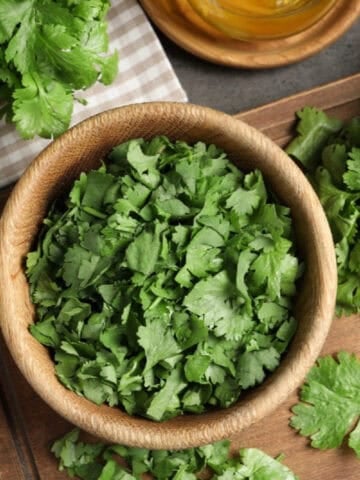
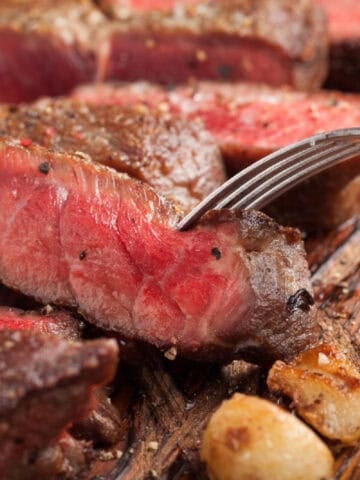

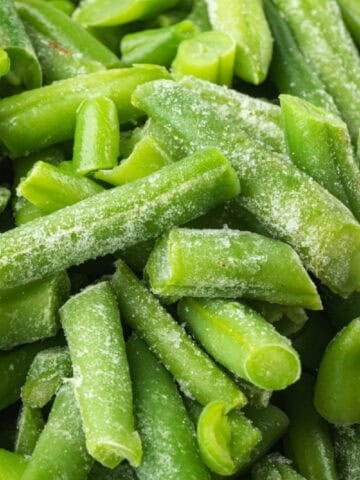
Leave a Reply